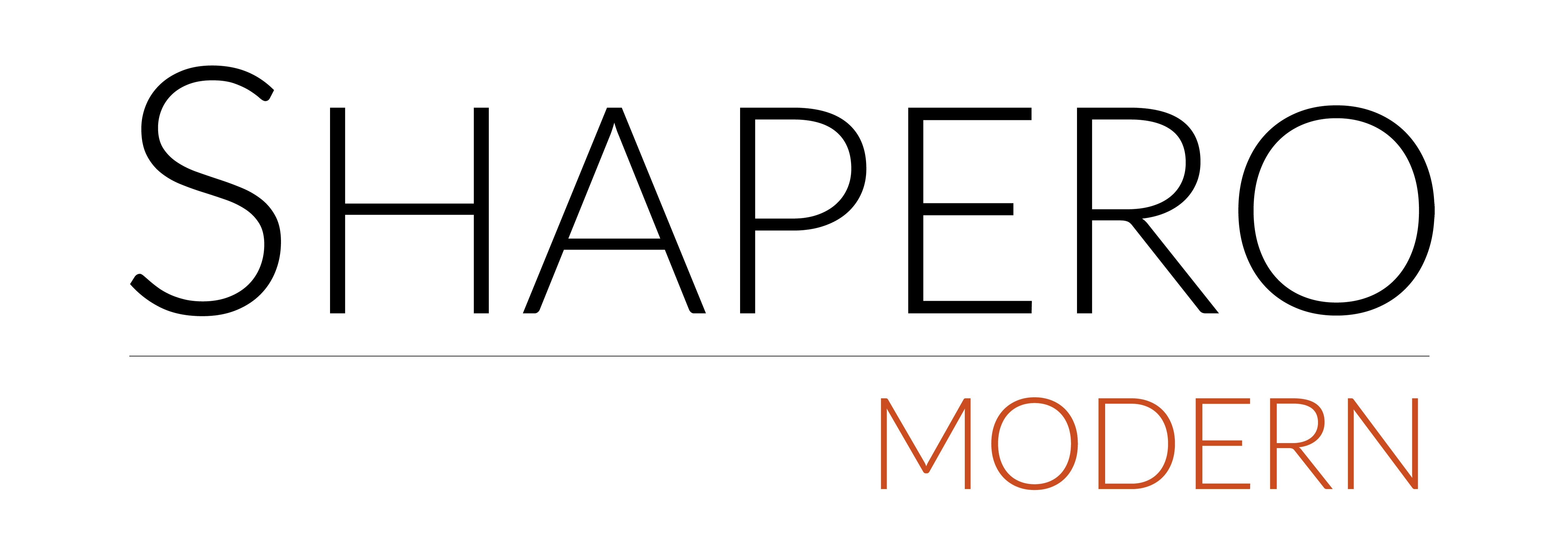As part of a community of creatives in New York, Rauschenberg was inspired by his close friendships, with artists and composers such as John Cage and Jasper Johns, to think outside the box and not to be afraid of pushing the boundaries.
He encouraged his audience to experience sheer aesthetic delight as they observed his colourful prints. In his hands, otherwise insignificant images blossomed!
Robert Rauschenberg, Suite of Nine Prints, 1979.
2. POP ART
Rauschenberg is often referred to as a Pop artist. Pop art is famous for lifting images from mainstream culture, vibrant colours, and mass production methods such as screen-printing.
For example, Rauschenberg, in his Suite of Nine Prints overlays images of well-known sportsmen, Renaissance-era drawings, and technical diagrams. He lifted images from the heart of consumer culture and reproduced them using the technique of screen-printing, traditionally used for commercial artwork.
Robert Rauschenberg, Suite of Nine Prints, 1979.
3. MAKING THE NORMAL, ABNORMAL
Rauschenberg worked across many mediums, including painting, sculpture and performance, but he favoured screen-printing.
For Suite of Nine Prints, he lifted images from books, newspapers, and even his own photographs and merged them into prints like this.
Rauschenberg found beauty in everyday objects. Through his decontextualisation of popular imagery, renaissance illustrations and contemporary newsprint, he compelled new forms of symbolism and meaning in his collaged images. He had a unique ability to translate the everyday into something altogether unexpected.
Robert Rauschenberg, Suite of Nine Prints, 1979.
4. CHALLENGING PERCEPTION
For example, in Deposit of America: The Third century he contrasts photographs of men in public service with botanical diagrams and wildlife photography.
This aptitude for posing questions about modes of representation, and for finding new meaning in everyday objects, corresponds with contemporary Dadaist motivations to stir up ideological discourse about societal structures and institutions.
Robert Rauschenberg, Suite of Nine Prints, 1979.
5. THE BIGGER THE BETTER
Consequently, screen-printing allowed him to create larger-scale projects. For example, we currently hold Suite of Nine Prints (1979) which Rauschenberg intended to be viewed together.





